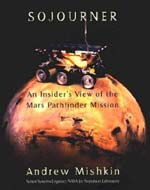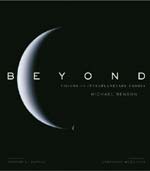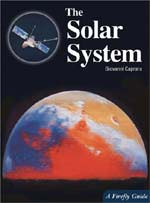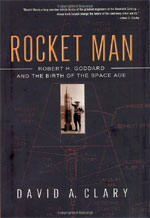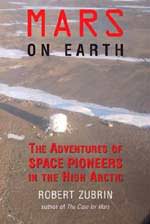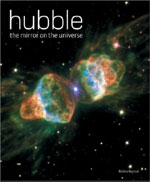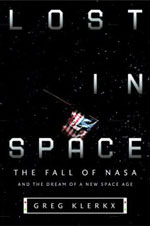
In Greg’s view NASA, the premiere space institute, is a government bureaucracy that is more concerned with preserving itself than in extending the space frontier. He alludes to conspiracies and to too close a relationship between NASA and their predominant suppliers Boeing and Lockheed Martin. Much of the source of this problem is the perceived current purpose of NASA which is to garner as many votes as possible for the party in power. One need only consider NASA’s inception. Here, when President Kennedy was looking for a means of countering the Soviets he considered space but he argued, “We shouldn’t be spending this kind of money because I’m not that interested in space”. Nonetheless soon after saying this he gave NASA the mandate to go to the moon. NASA then achieved this goal while at the same time ensuring contracts were provided to constituents in each of the 51 states. Ever since then NASA has not had the necessary political backing for a large scale enterprise or even the maintenance of the status quo. Sadly, without the political necessity nor an immediate economic benefit the dreamers are getting drenched with the reality of too high a cost to extend the frontier for too low an economic return.
The deciding factor for all this dreaming is the cost of accessing space. Usually quoted as a cost per pound (or kilogram), the current value is one or two orders of magnitude too high for establishing an industry. Further, according to Greg, established big business and government garner greater benefits from maintaining their control over all elements and they therefore don’t want to reduce the cost nor see anyone else reduce the cost. This doesn’t mean it won’t happen. There is the X-Prize and its front runner, Rutan’s White Knight aircraft that will launch the rocket ship SpaceShipOne into sub-orbital flight. Robert Zubrin has his Mars Society. The Mars Habitat analogue on Devon Island is conditioning people for an eventual presence on Mars. MirCorp was an endeavour to privatize the Mir space station thus annulling governments’ current monopoly on housing humans in space. Almost all the well known alternative access to space advocates have a reference. Yet, with all their brilliant engineering constructs and all their courtship of politicians somehow the feeling from reading the book is that there is just not enough of a reward to ever overcome the cost.
This book is about a dream not some academic juxtaposing of facts and issues for dissemination of automatons sitting around a boardroom table. It is an anguished cry as this dream is foundering, not because of inability, but in the belief of the short sightedness or incomprehension of bureaucracy. You can’t sit on the fence after reading this book, either you want things changed for the better or you want to give up altogether. If you are interested in advancing humans in space you will read of many other like minded people and their successes. You will also find many routes for pursuing your own preference for advocating space development most of which don’t involve a boardroom table.
As a view in the alternative access to space movement, this book is excellent. However as a view into the contributions of NASA and the space industry, this book is very one-sided. NASA the institute is given a very negative persona; a self interested, overpowering bore. Yet the individuals within NASA all seem to be exceptionally fine. Then in considering the people working on alternative accesses to space, this book seems to say that they can do no wrong. All their ideas are eminently favourable and worthy of public support and funding. A more balanced view would have been fairer, but likely less passionate.
In summary, if you want to know where NASA has gone wrong or of the many ideas that individuals have been and are expounding for space access, Lost in Space is the book. Perhaps unexpectedly it also contains an interesting view of the power of individuals within a large democracy. Just be ready for passion about a dream as this book has lots of it.
Review by Mark Mortimer
More information from Amazon.com

